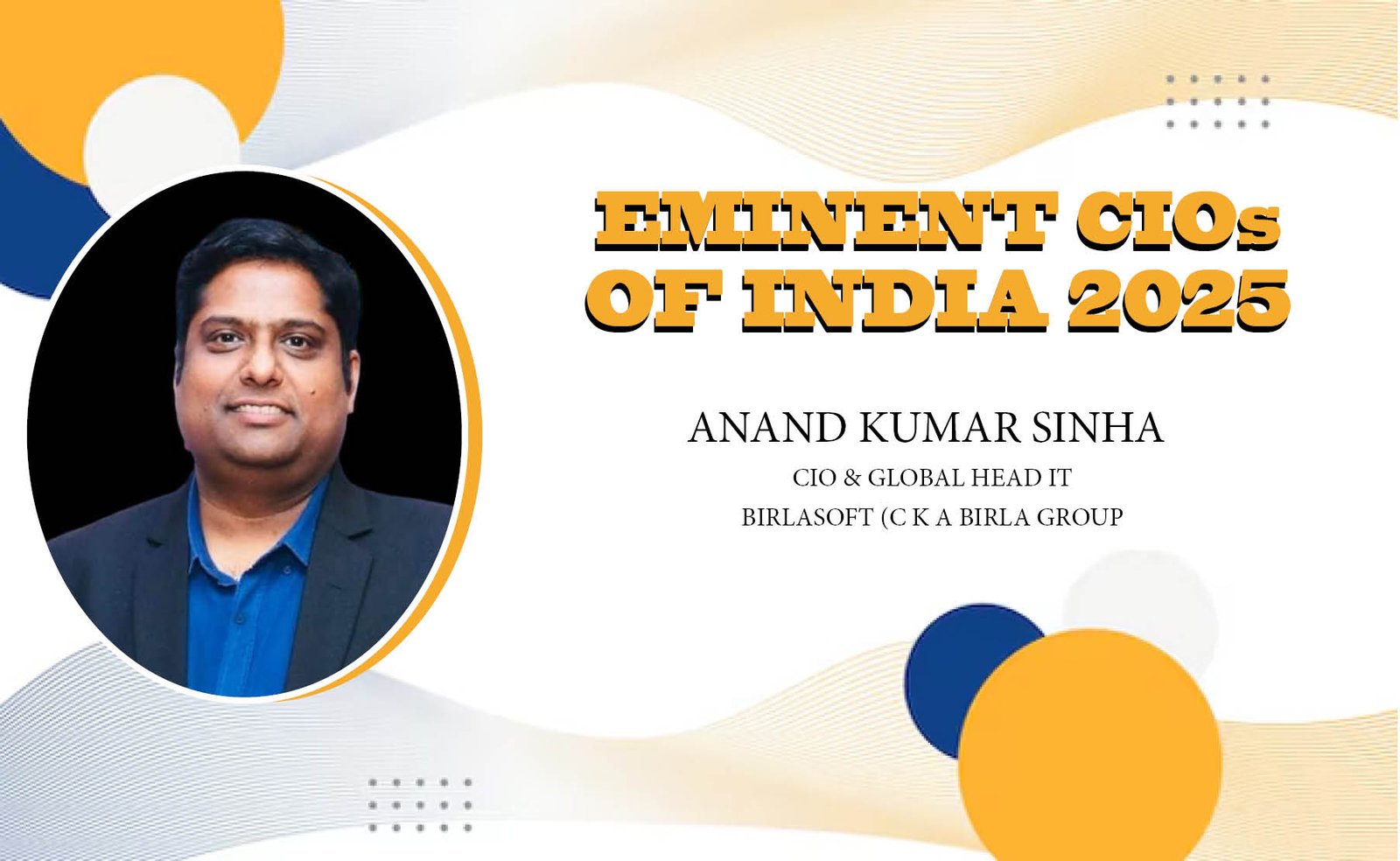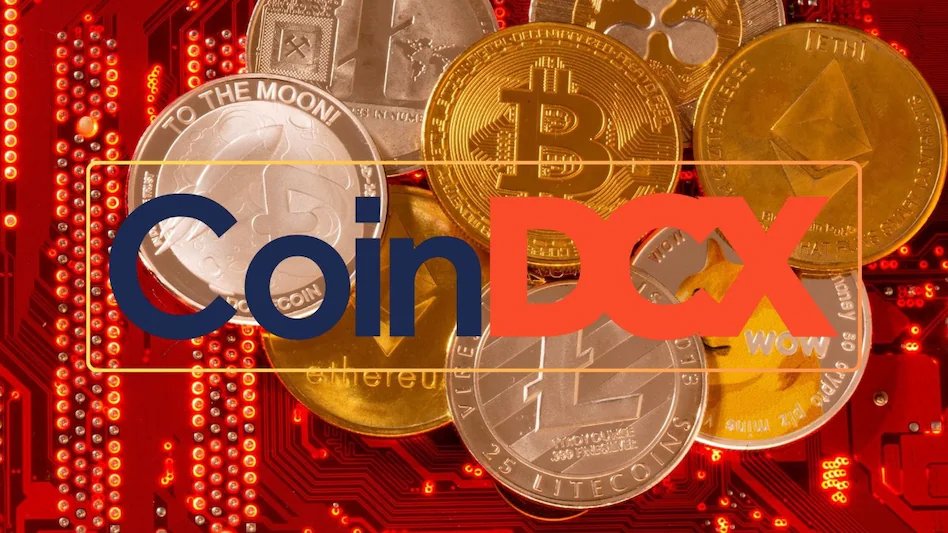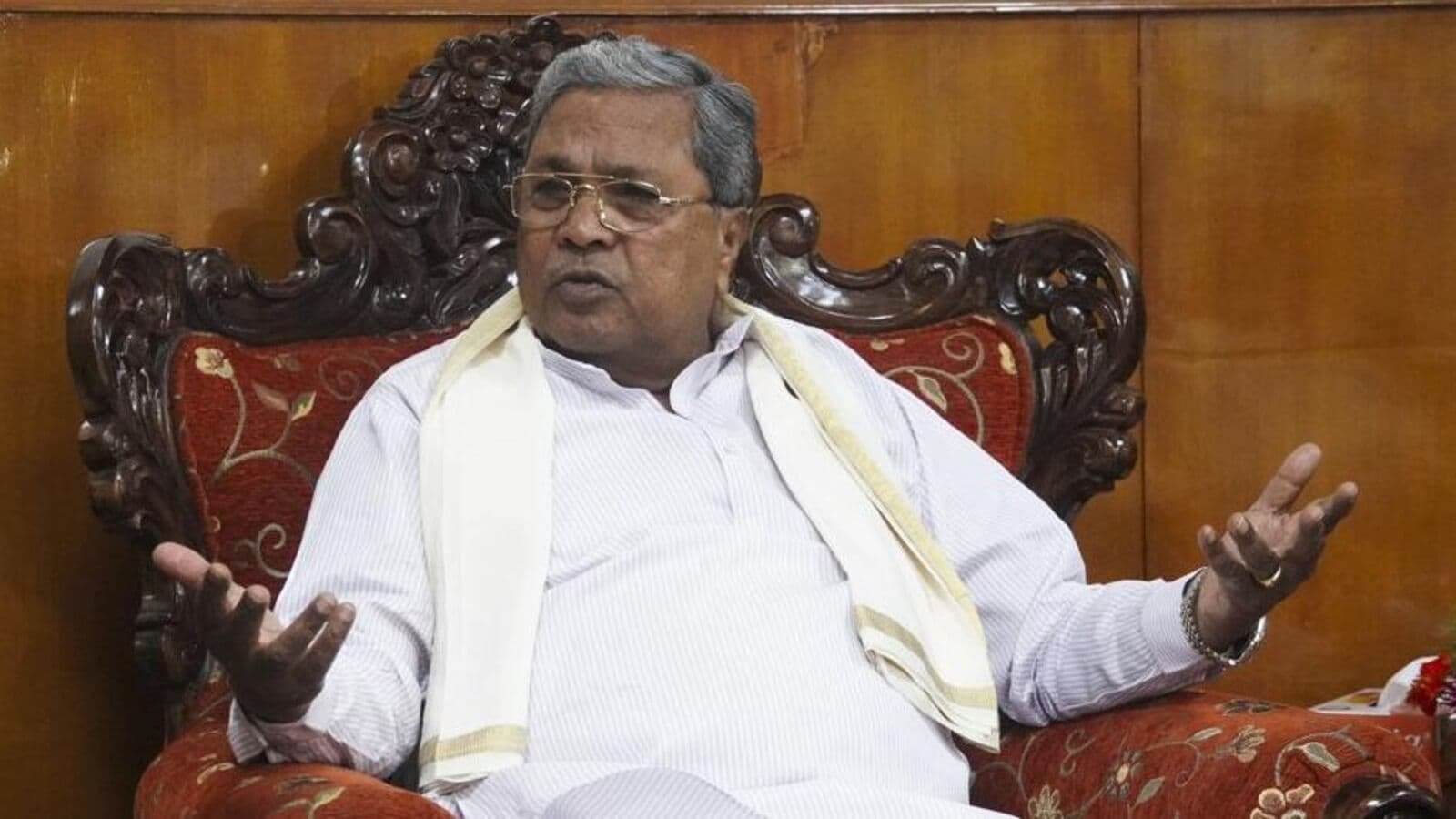Anand Kumar Sinha
CIO & Global Head IT, Birlasoft (C K A Birla Group)
In 2025, AI, automation, and edge computing are no longer futuristic concepts—they are reshaping how businesses operate. Enterprises are integrating AI to streamline workflows, enhance customer experiences, and drive data-based decisions. AI-powered chatbots, for example, now deliver instant customer support, boosting satisfaction and efficiency. Simultaneously, edge computing is enabling real-time data processing, which is crucial for applications that demand low latency.
The rollout of 5G and the growth of IoT are further transforming industries. In manufacturing, IoT sensors monitor machine performance and predict maintenance needs, reducing downtime and boosting productivity. These technologies create seamless connectivity across devices, enhancing operations across sectors. However, this digital shift also underscores the importance of cybersecurity. As digital threats evolve, organizations are increasing investments in cyber defenses, emphasizing the need to protect assets and maintain business continuity.
Security-First Culture and Shifting Leadership Roles
CIOs have emerged as strategic business leaders rather than just technology heads. Their role now includes aligning IT strategies with business goals, driving innovation, and collaborating with other executives. For instance, a CIO might implement AI analytics tools to help sales teams identify prospects and personalize customer interactions—directly impacting business outcomes. Today’s CIO must think beyond IT management and focus on delivering measurable business value.
With cyber risks on the rise, companies are building a security-first culture through employee training, real-world simulations, and frequent security audits. Emphasizing the business impact of cybersecurity, leaders foster accountability and awareness across all departments. Automation and AI are playing key roles in cybersecurity—streamlining threat detection and response, reducing human error, and improving compliance. Zero-trust frameworks are gaining popularity by ensuring real-time identity verification and strict access controls, minimizing risks from insider threats and breaches.
As technology advances, leadership roles such as CIO, CTO, CISO, and DPO are evolving. CIOs are focusing on business alignment and digital transformation, while CTOs lead scalable tech strategies and R&D.
CISOs are tasked with proactive threat detection and zero-trust implementation. DPOs, with their legal and regulatory expertise, manage privacy compliance and audit readiness. Though these roles may overlap, the DPO remains distinct in its focus on legal standards like GDPR. Ensuring separation between data security and privacy compliance helps organizations meet regulations effectively while maintaining operational integrity.






